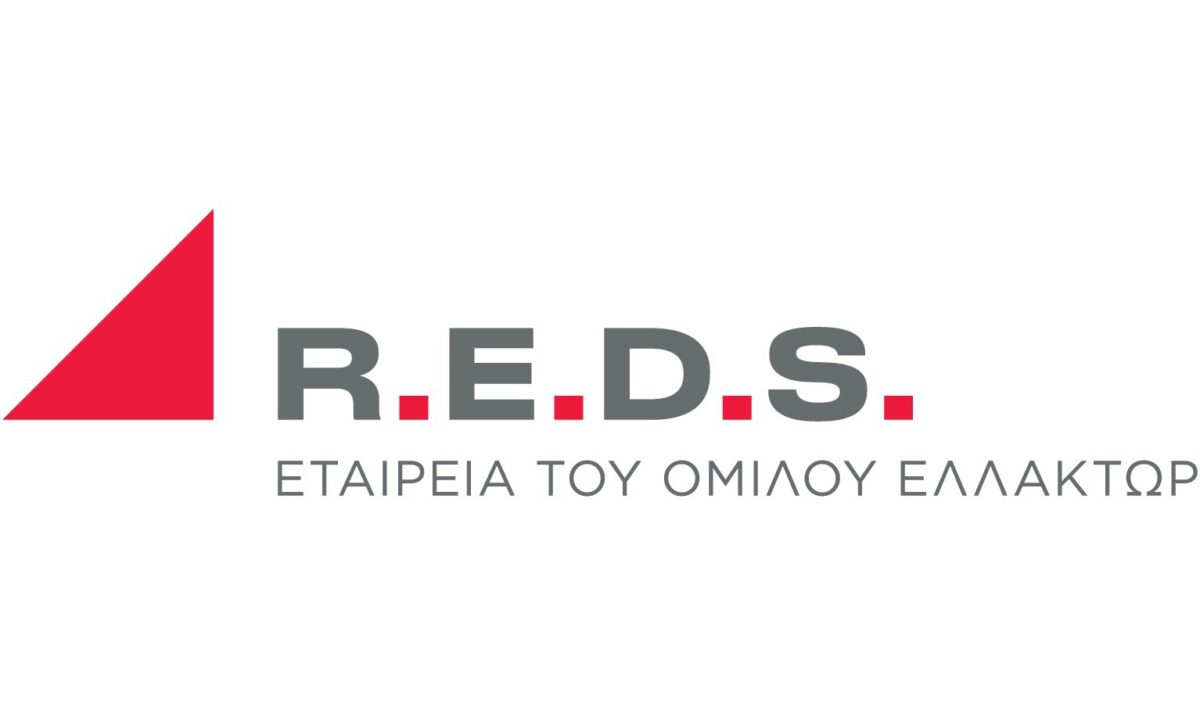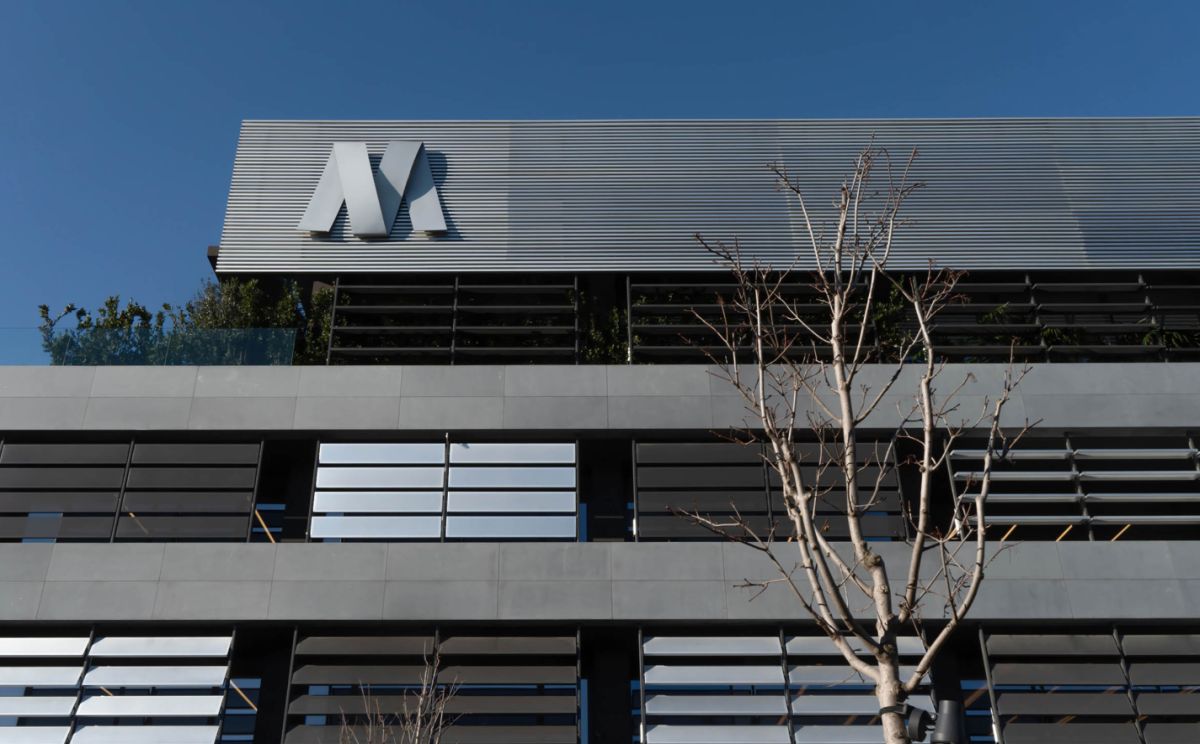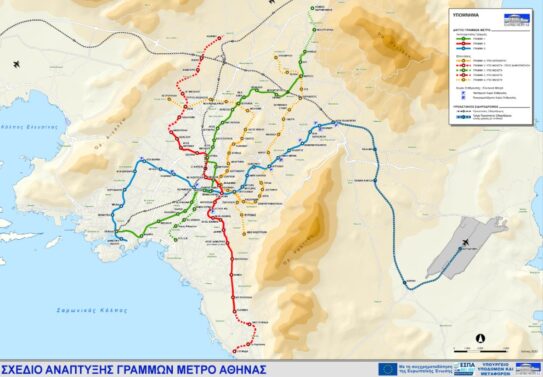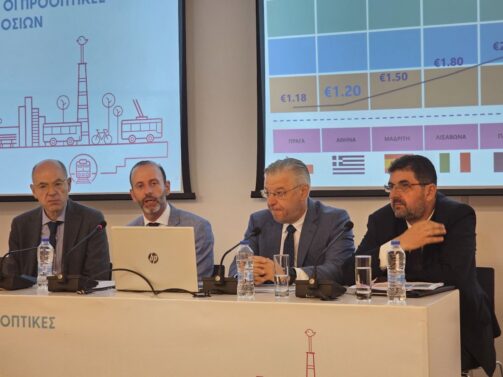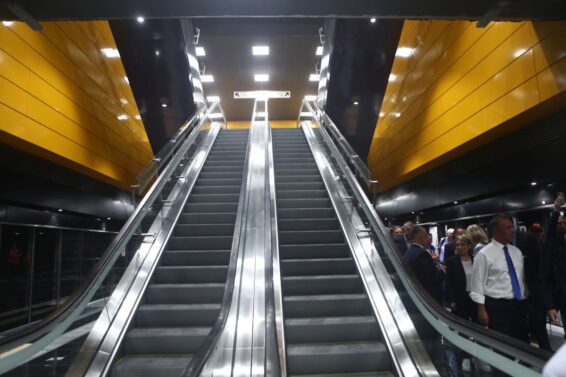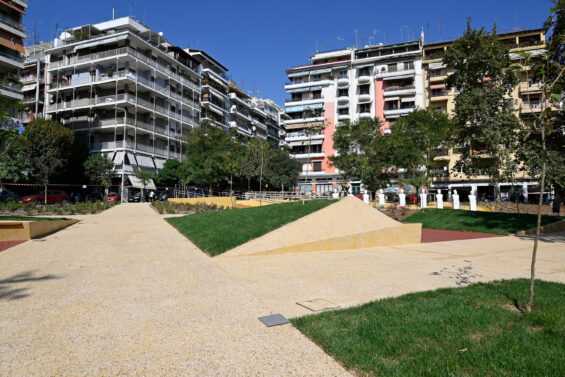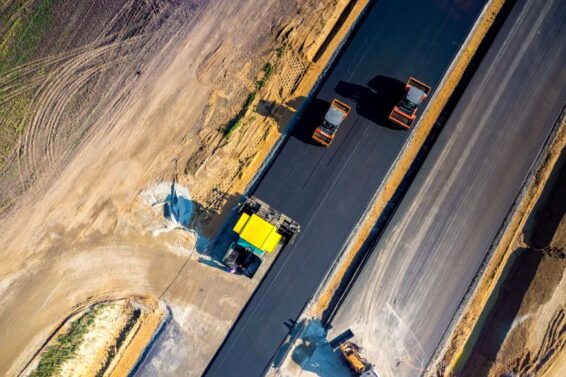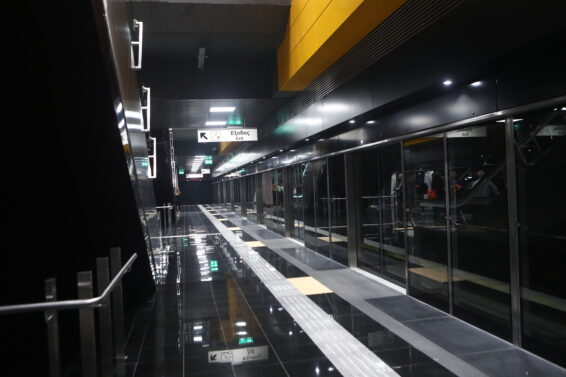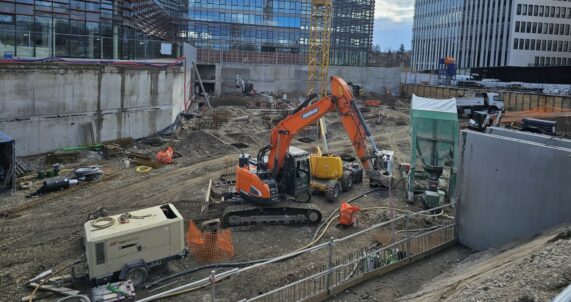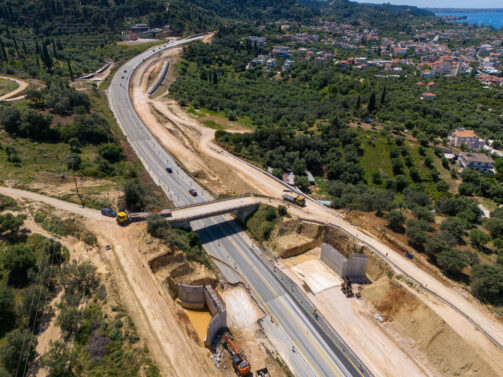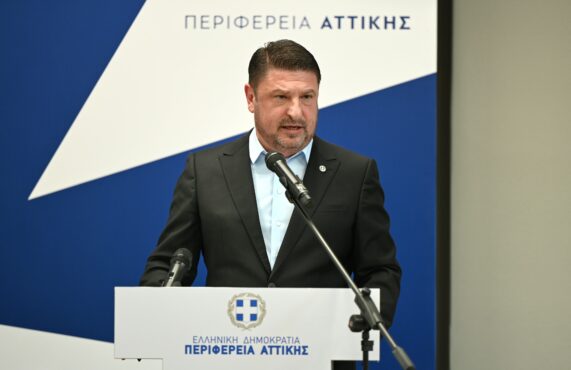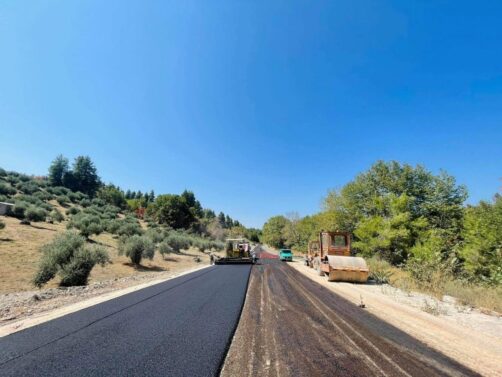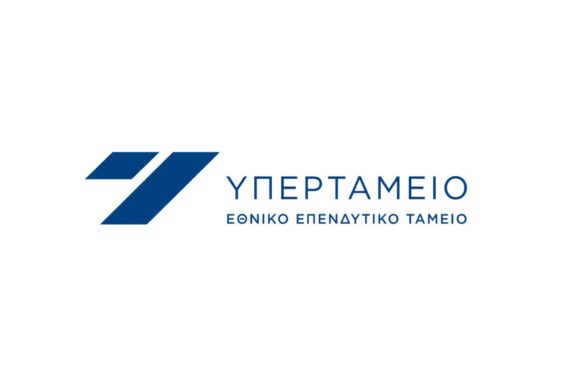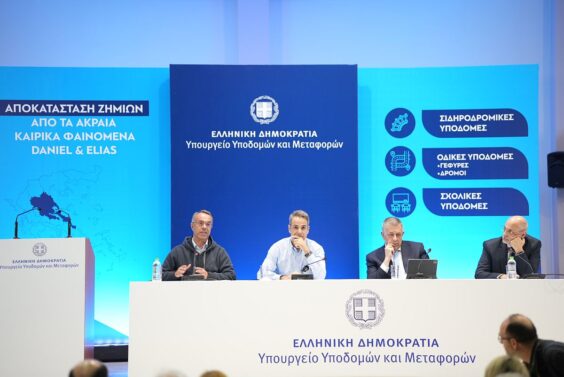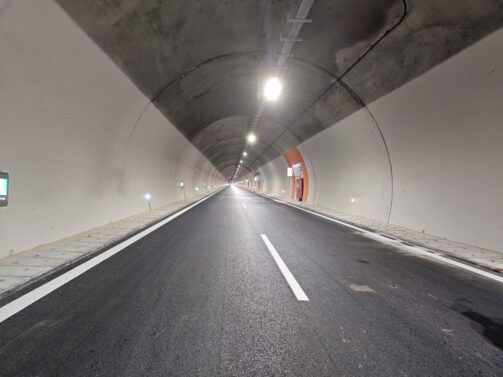The era of bus dependency in Thessaloniki is about to end and this is something that is evident as the Metro system is under completion and about to operate in late 2020. But what seems to be even more exciting for the city’s transportation map is an emerging variety in fixed rail means of transport. Currently, early studies for the development of Thessaloniki’s Western Suburban Railway are being conducted, as well as the extensions of the Metro to the West and the Airport. Recently, Attiko Metro’s Chairman, Mr. Yannis Mylopoulos stated that he is a supporter of the idea for the development of a Tram network in the city.
Of course, for all of the above, a catalytic factor is the political will, that seems to be present, but an equally important practical factor is financing. But let’s make it a bit more clear: for Thessaloniki to refresh its transportation hardware (i.e. to renew its fleet and make it half electric while the other have must move on natural gas or Euro 7) needs a lot of money.
The extensions of the Metro to the West and the Airport, alone, are budgeted at approximately 1.3bn euros. In order for the Suburban Railway Line project to be activated and the implementation of an additional, suburban railway line project too (as it has been envisaged), more than 100-200mln euros will be required and if we take into account OASTH’s (Thessaloniki’s Urban Transport Organization) study presented in 2014, the cost of developing a Tram network rises at around 500mln euros.
Now, if we add the cost of the bus fleet renewal, which will be significantly reduced due to the existence of new means of transport (e.g. the Metro), for 300 new buses (gas, electric and anti-pollutant), the cost is estimated at 300mln euros (It is noted that for 92 new buses in Athens, out of which only 12 will be electric, the cost reaches 110mln euros).
Summing up the above amounts, at a first estimate we reach 2.3bn euros for the full development of all Metro, Suburban Railway, Tramway and a modern bus fleet. The amount is of course, very difficult to find, given the state of the economy and the scarsity of the resources.
Nevertheless, there is a really positive side to it as it is the first time we see Thessaloniki planning a general transportation model, similar to Athens, with many fixed track means of transport. Also, EU and EIB are strong supporters of fixed track transportation projects making them relatively accessible for funding.
What is also interesting in the case of Thessaloniki is whether this whole plan could be translated into a comprehensive master plan for the city within 1 10-15 years’ timeframe, precisely on which funding resources could be sought. Since there is a centralized transport organization (OASTH) mistakes made in Athens, with the independent development and designed of different means of transport without a strategic plan, can now be avoided.
Undoubtedly, there is a unique “window”, an excellent opportunity for the city of Thessaloniki. With the participation of the Municipalities that compose the Metropolitan Complex, a functional system could be set up and work for the benefit of the city. It is also importan for the planning for the development of Metro extensions, Suburban Railway and the Tram to stay “alive” in the coming years. It is known that these large-scale projects take a long time to “mature” and even longer to be actually constructed.
Thessaloniki has the potential to end once and for all the era of increased traffic, with the intense presence of dated buses and open up to an era of transportation “pluralism”, that will allow it to finally become a “green” and modern metropolis in Northern Greece.
Nikos Karagiannis-ypodomes.com
Follow Nikos Karagiannis on Twitter
ΜΗΝ ΞΕΧΑΣΕΤΕ
- Ακολουθήστε το ypodomes.com στο Google News και μάθετε πρώτοι όλες τις ειδήσεις για τις υποδομές στην Ελλάδα
- Αν είστε επαγγελματίας του κλάδου, ακολουθήστε μας στο LinkedIn
- Εγγραφείτε στο Ypodomes Web TV


